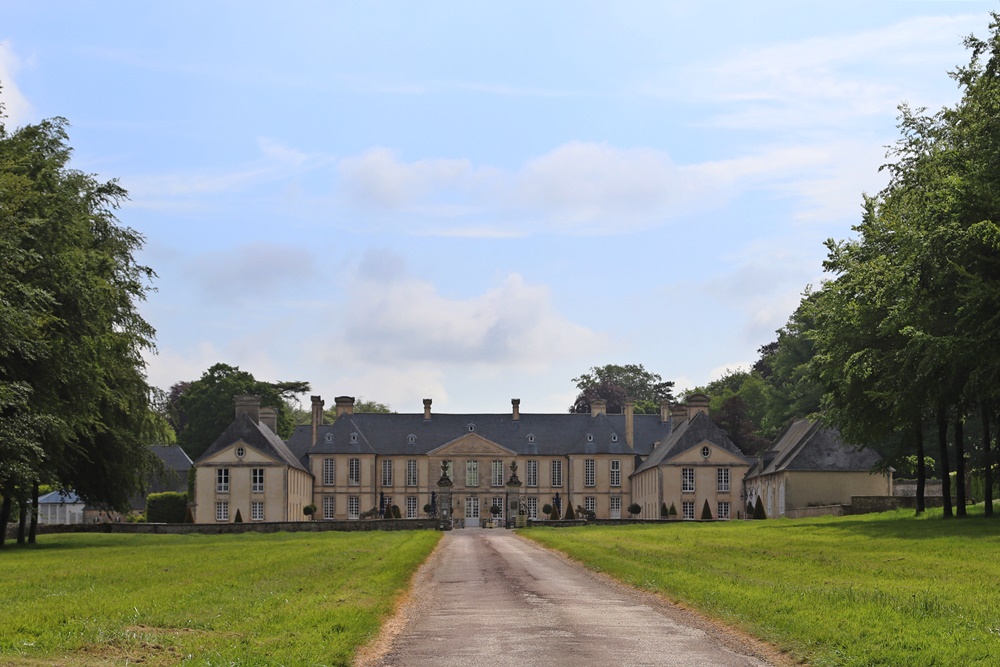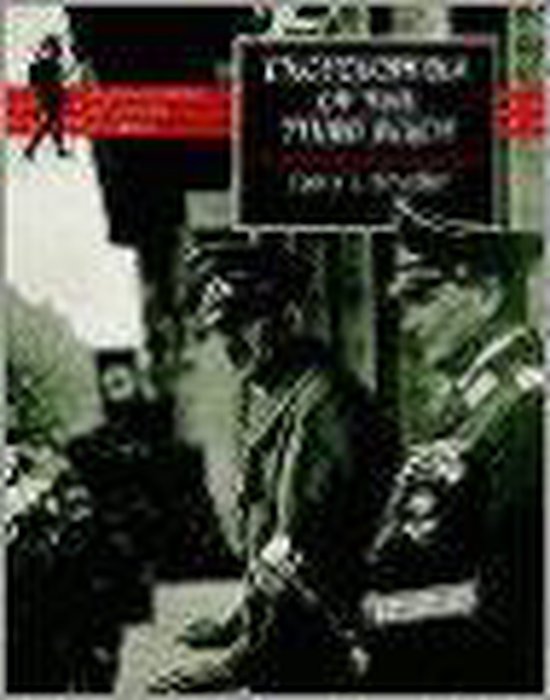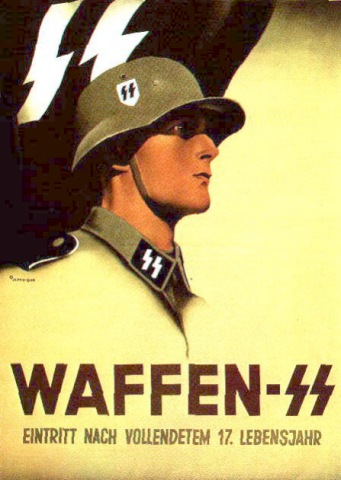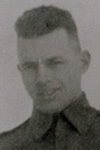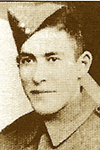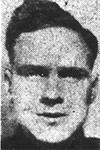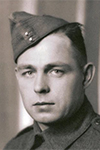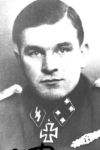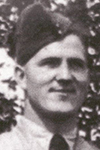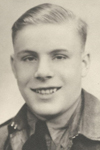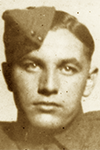Chateau d'Audrieu
The story of Château d’Audrieu begins in the eleventh century, when the land belonged to the Percy family. Guillaume de Percy, who is said to have been the personal cook of William the Conqueror, established the seigneury here.
In the late sixteenth century, the estate passed into new hands through marriage. Marguerite de Percy wed Guillaume de Séran, a gentleman of the royal household, and in 1615 Louis XIII elevated Audrieu to the rank of barony. The Séran family would shape the château into the form we recognize today.
During the early eighteenth century, they rebuilt the residence in the classical style, with elegant proportions and refined interiors, while still preserving traces of its medieval origins. The salons were decorated with rocaille woodwork, and the estate became a symbol of aristocratic taste and privilege in Normandy.
The French Revolution brought upheaval. Camille-Léonor de Séran, who had joined the counter-revolutionary Army of Condé, saw his property confiscated in 1794. After the turmoil subsided, the château was restored to his descendants, and through marriage it later passed to the Saillard du Boisberthe family and then to the Livry-Level family. Despite these changes of ownership, the château retained its noble character, standing as a witness to the shifting fortunes of France’s landed elite.
June 1944 Massacre
When the Allies landed in Normandy on 6 June 1944, Canadian and British forces pushed inland from Juno Beach toward Caen. The château, located between Bayeux and Caen, quickly became strategically important. On 8 June, the 12th SS Panzer Division “Hitlerjugend,” composed largely of fanatical young soldiers, established its reconnaissance battalion headquarters in the château’s grounds, beneath a large sycamore tree. That same morning, Canadian troops of the Royal Winnipeg Rifles and a platoon of the British Green Howards were engaged in fierce fighting near Putot-en-Bessin, only a few kilometers away. Overrun by German counterattacks supported by tanks, twenty-six men were captured and brought to the château.
What followed was a series of executions carried out in chillingly methodical fashion. The first group of prisoners arrived around 2 p.m. They were briefly held at the command post before being led into the woods by German escorts. Witnesses, including the château’s gardeners and members of the resident family, later recalled hearing a sequence of evenly spaced gunshots. The escorts returned alone. A second group of prisoners was brought in shortly afterward and taken in the same direction, with the same outcome. Finally, a larger group of thirteen men was assembled and marched to a spot southeast of the command post. An eyewitness, a German driver named Herbert Glück, later described how the prisoners were lined up with their hands above their heads and shot by a firing squad armed with pistols. In total, twenty-four Canadians and two British soldiers were murdered that afternoon in the château’s parkland.
This massacre was not an isolated act of battlefield rage but part of a wider pattern of atrocities committed by the 12th SS Panzer Division during the first days of the Normandy campaign. Between 7 and 17 June 1944, more than 150 Canadian prisoners of war were executed in various incidents across the region. The killings at Audrieu became one of the most notorious of these crimes.
After the war, the events at the château were investigated as part of the broader trials of SS officers accused of war crimes in Normandy. Kurt Meyer, commander of the 25th Panzer Grenadier Regiment of the 12th SS, was tried by a Canadian military court in 1945. Although he was not physically present at Audrieu, his leadership and the culture of brutality he fostered were linked to the massacres. He was convicted of war crimes, though his death sentence was later commuted.
In the decades that followed, the château was recognized for its cultural and historical significance. It was classified as a Monument Historique in 1967, ensuring its preservation. Later, it was transformed into a luxury hotel, joining the Relais & Châteaux network. The surrounding parkland, redesigned in 1985 by the celebrated landscape architect Louis Benech.
Do you have more information about this location? Inform us!
Source
- Text: TracesofWar
- Photos: Jeroen Koppes
Related books
Nearby
Museum
Point of interest
- Sherman Tracks Prints in Wall - Norrey-en-Bessin
- Memorial Maj. Gen. Colin Barber - Tourville-sur-Odon
- Creully Castle - Creully
Monument
- Monument Executed Commonwealth Soldiers Audrieu - Audrieu
- War Memorial Audrieu - Audrieu
- War Memorial Cristot - Cristot
Cemetery
- Commonwealth War Cemetery Brouay - Brouay
- Commonwealth War Cemetery Jerusalem - Chouain
- Commonwealth War Cemetery Tilly-sur-Seulles - Tilly-sur-Seulles
